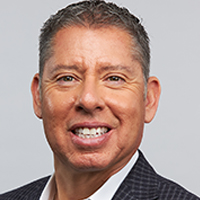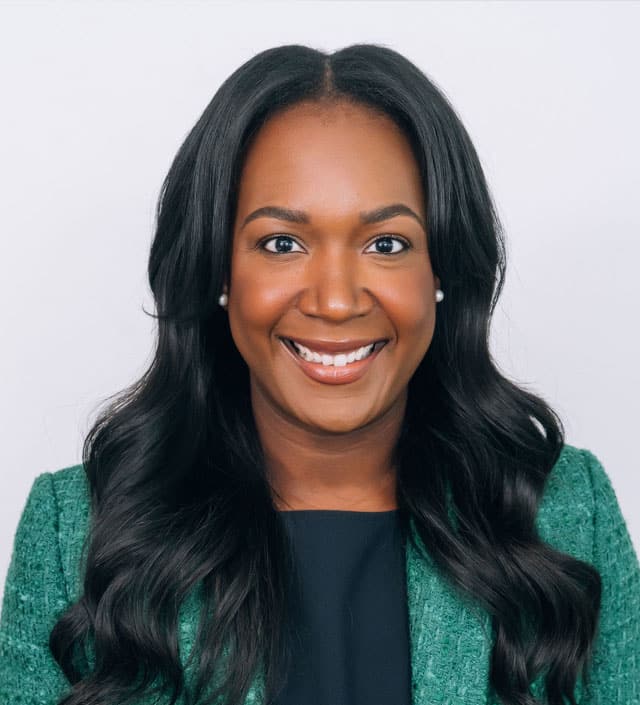
Planning for multiple generations begins when a client wants to create and maintain a legacy for their family. Often, a business, a collection, or an asset like a vacation home can be the jumping-off point for the discussion about sustaining a financial legacy through multiple generations.
Additionally, when there are substantial assets like businesses or a complex family dynamic, this type of legacy planning can help initiate important conversations within the family, to develop their understanding of how the second and third generation can sustain a client’s wishes. So how can we begin the process of multigenerational planning?
Gather a Team
With so much involved in multigenerational planning, I like to start by talking to a client’s estate planning attorney and accountant (and if they don’t have those, I refer them to a few people). These two professionals, along with the financial advisor, each play important roles in aligning a multigenerational plan. Coordination is critical to make sure we’re being efficient from a tax and planning perspective. This is not a one-and-done process, but happens over the course of weeks, months and years. As an advisor, I take on the quarterback role, working with the other professionals to put every aspect into a prioritization schedule so we can tackle one thing at a time.
Outline the Legacy
Does your client have a business they want to pass on? Charitable inclinations? A family home that is meaningful? A place of worship or alma mater they want to sustain as part of their legacy? These are a few examples we often see as families start to plan for the second and third generations and outline their long-term legacy.
Understanding a client’s priorities, as well as how to create an equitable plan that allows their children to feel part of the decision-making process, is important to maintaining that family legacy for generations to come.
When it comes to a family business, who’s going to take it over if something happens to the parent running it? One child may be the best option, rather than having all the children collectively in charge. I recommend working with the client to figure out how to be fair and equitable. Having two people in charge of the business may not make sense, but what can be done to distribute the estate fairly? Equitable means fair, not equal, and enabling clients to feel like they are being equitable in the distribution of the estate is key.
The biggest conversations often revolve around a material item — something of value like a collection or vacation home. If there are four children and everyone loves the family vacation home, you can’t just split the house four ways. However, a trust with a clause detailing how the house will be utilized is a good solution. The trust could even clarify that if the client’s children can’t agree, get along or follow the rules, the house is to be sold and the proceeds divided, or donated to a charity.
For charitable inclinations to a place of worship, alma mater or other organization, it’s important for clients to relay to their children that a percentage of their assets will not be going to them. The kids may not have close ties to their parents’ organization of choice, so clients may want to consider how the kids can be part of the charitable process. Can the children have some input about a charitable trust, so beneficiaries are established that they feel connected to? This can be a good way to maintain the legacy past the second generation.
Talk to the Family
Beginning these discussions with the family is often the hardest part. I advise picking a relaxing time, like the end of a holiday, to talk for a few hours about the family estate. It’s important to be careful and preface that the discussion is about the family estate — not their inheritance. If put in terms of their inheritance, it may drive a sense of entitlement to the assets, whereas the parents still control the estate.
Another way I recommend couching this discussion with children is, “I want to talk to you about my grandkids.” Thus it’s not about the clients’ children, but their grandchildren. What’s difficult is if there are five children and one of them doesn’t have kids, they may feel like they are getting “penalized” for not being a parent. But sometimes things can’t be exactly equal, only equitable.
Understand Family Dynamics
Are there children from different marriages? Often, a client may feel more connected with the children of a current marriage than a past marriage and that’s not to be ignored. It’s important to address this situation with a spouse and discuss how to disseminate assets, as well as how they feel about creating an equitable plan for their children.
Additionally, are the children and grandchildren capable of handling the responsibilities of inheriting something? Clients often feel pressure to give something to make sure a person in the family with a disability is taken care of, but that takes careful planning. A special needs trust is an important tool clients can utilize in this instance, while not disqualifying the family member with special needs from government aid should they need it.
“If clients take care of elderly parents, pay for their housing or even have aging parents living with them, how will these parents be provided for if something should happen to the client?”
Plan “Up”
Multigenerational planning can take many different forms. We often think of planning for younger, subsequent generations. But as advisors, we need to remember that clients can also plan “up” a generation for aging parents, especially if they are dependents. If clients take care of elderly parents, pay for their housing or even have aging parents living with them, how will these parents be provided for if something should happen to the client? Many seniors depend on their children, and this should also be considered in the multigenerational planning process.
Additional Reading: Should Clients Move their Foreign Parents to the U.S.?
The nuances of multigenerational planning are vast and varied, but it’s critical to open the discussion with a team of experts in order to align plans as they evolve. As clients confirm their wishes, relaying them to the family and setting up parameters of the estate can help create a smooth transition for generations to come.
Luis Strohmeier is a partner and wealth advisor at Octavia Wealth Advisors.







